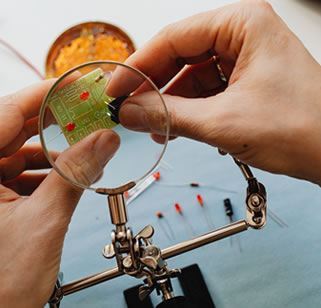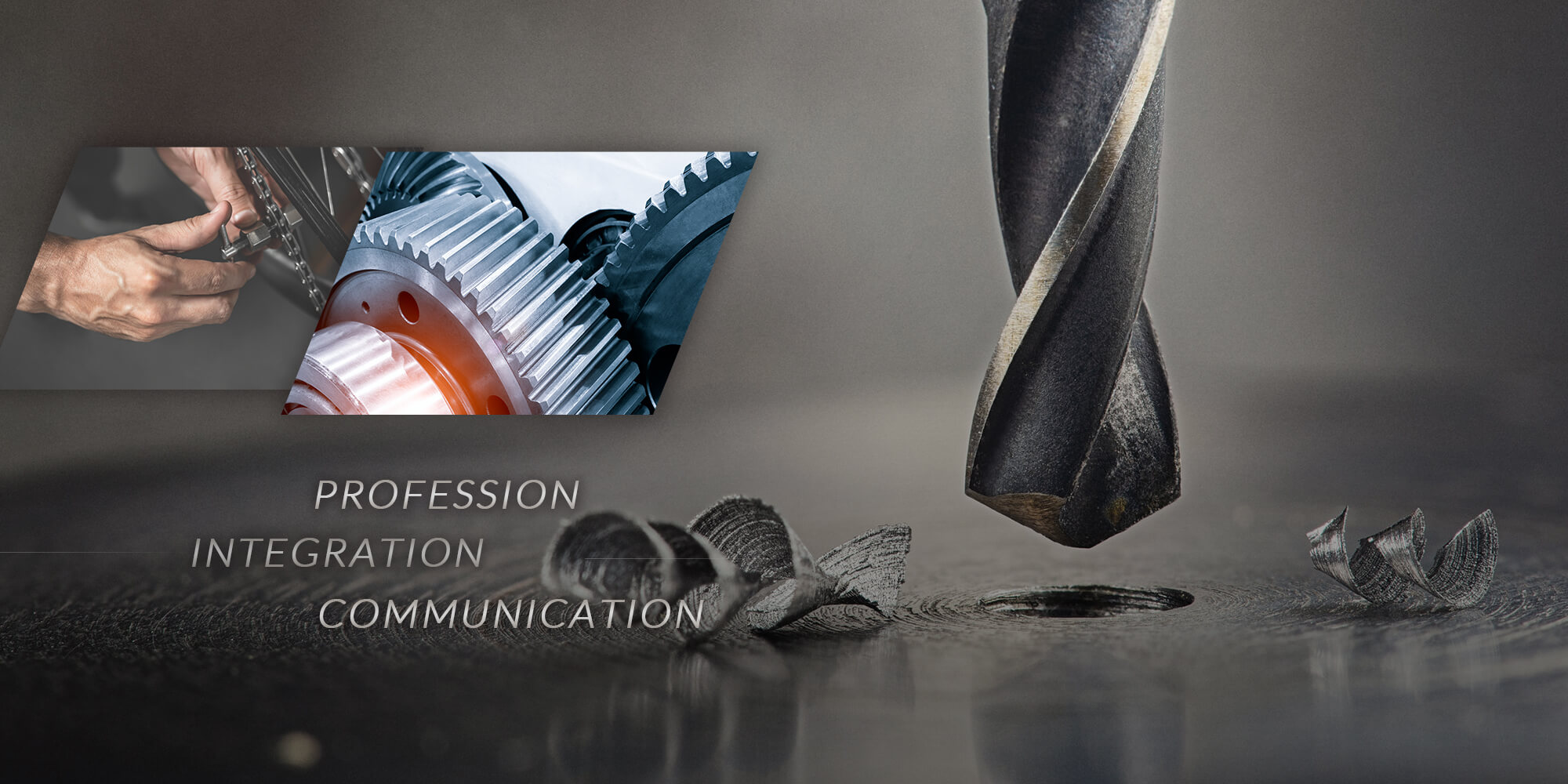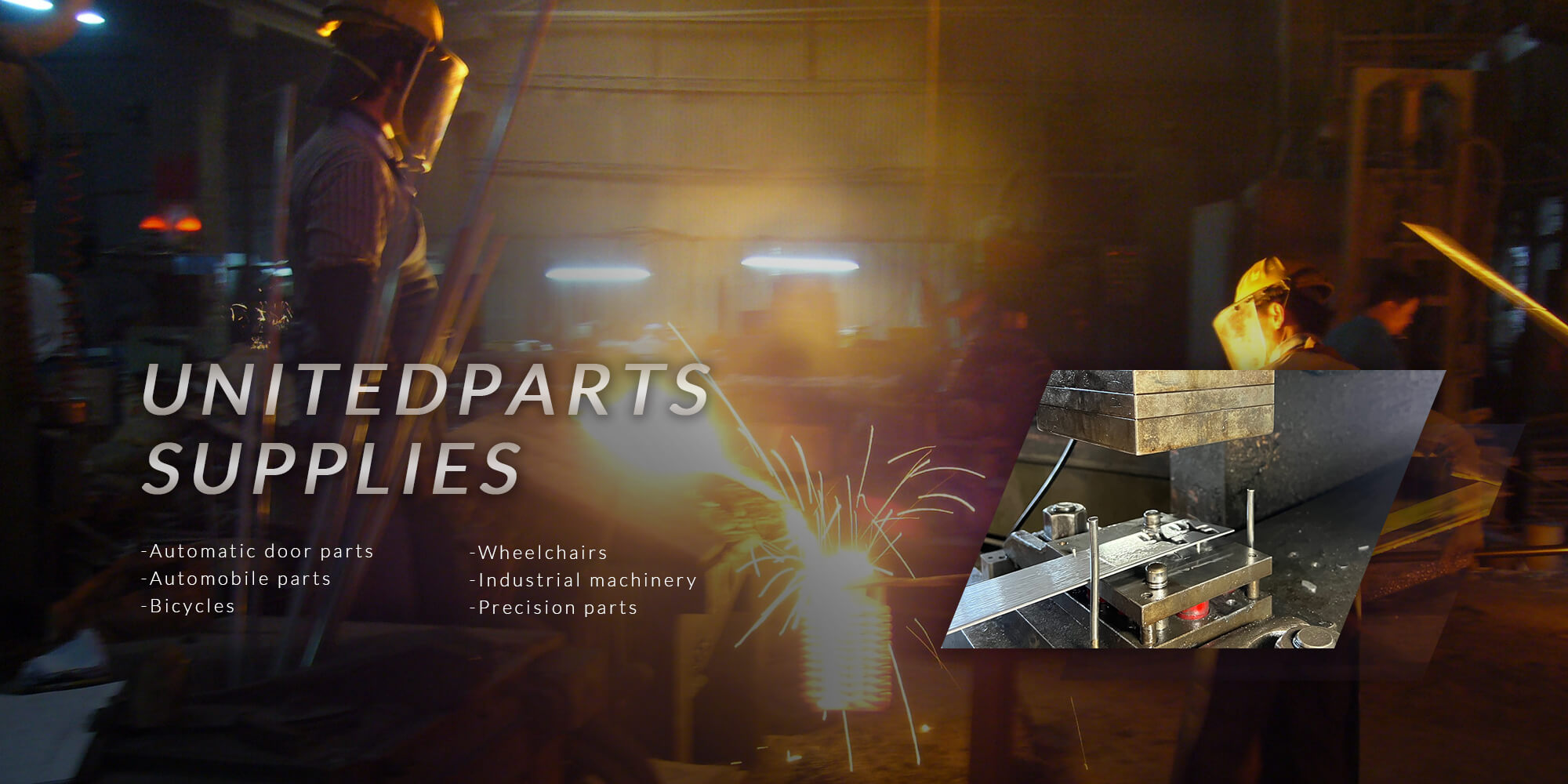OEM Manufacturer
Taiwan OEM Manufacturer
casting supplier
Taiwan casting supplier
metal stamping company
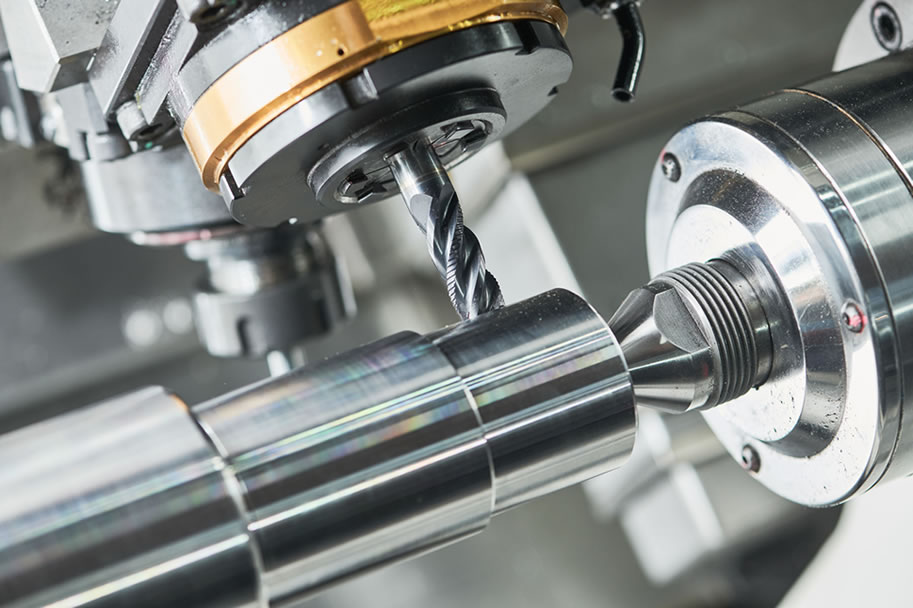
About us
Founded in 2006, Unitedparts Supplies Co., Ltd. has provided professional and precise casting parts for various customers.
READ MORE- 20years of
experience - 1,000customized
products - 100experience
suppliers
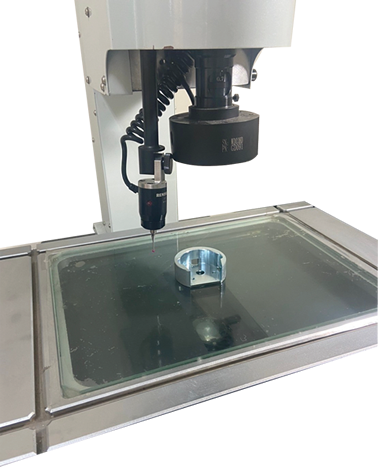
Quality
Quality assurance demonstrates our professional attitude.
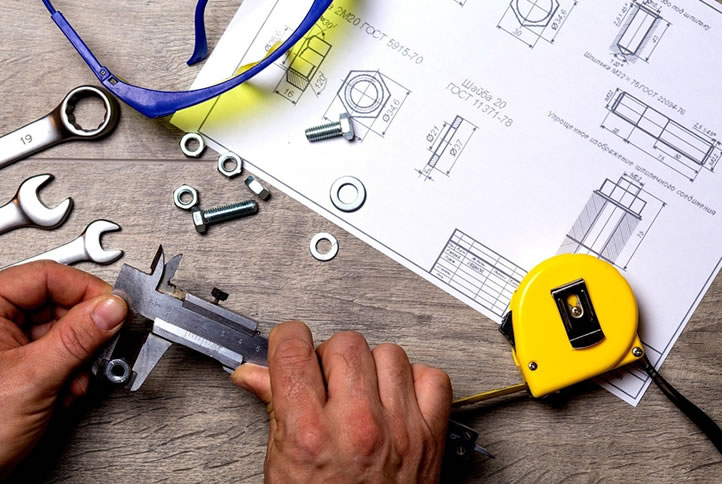


Profession
Founded in 2006, we worked with 15 customers to manufacture the custom parts they need.

Integration
Work closely with various experienced manufacturers.

Communication
Directly use 2D and 3D drawings to communicate with the Engineering Department.
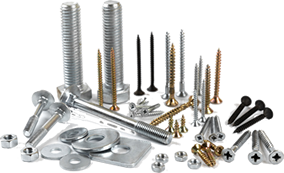
Applied Field
-
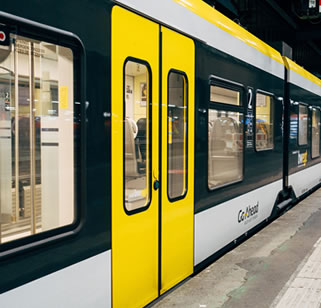

01Automatic door parts
-

02Automobile parts

-


03Bicycles
-

04Wheelchairs

-
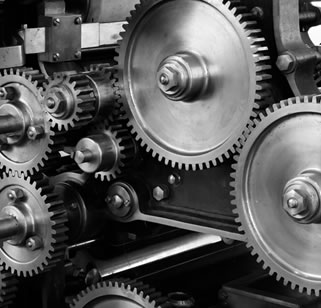

05Industrial machinery
-
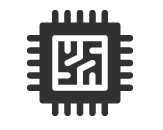
06Precision parts
